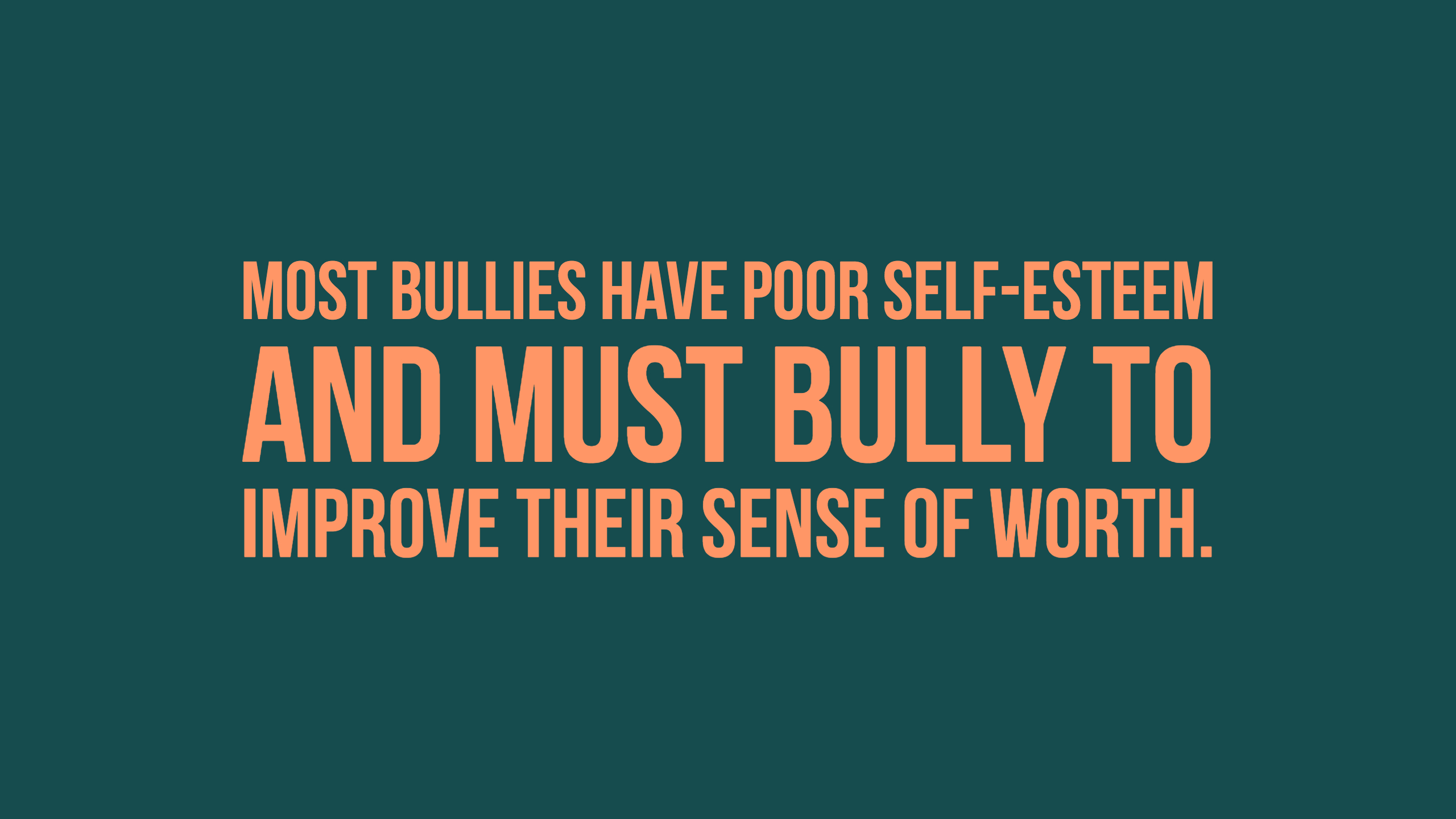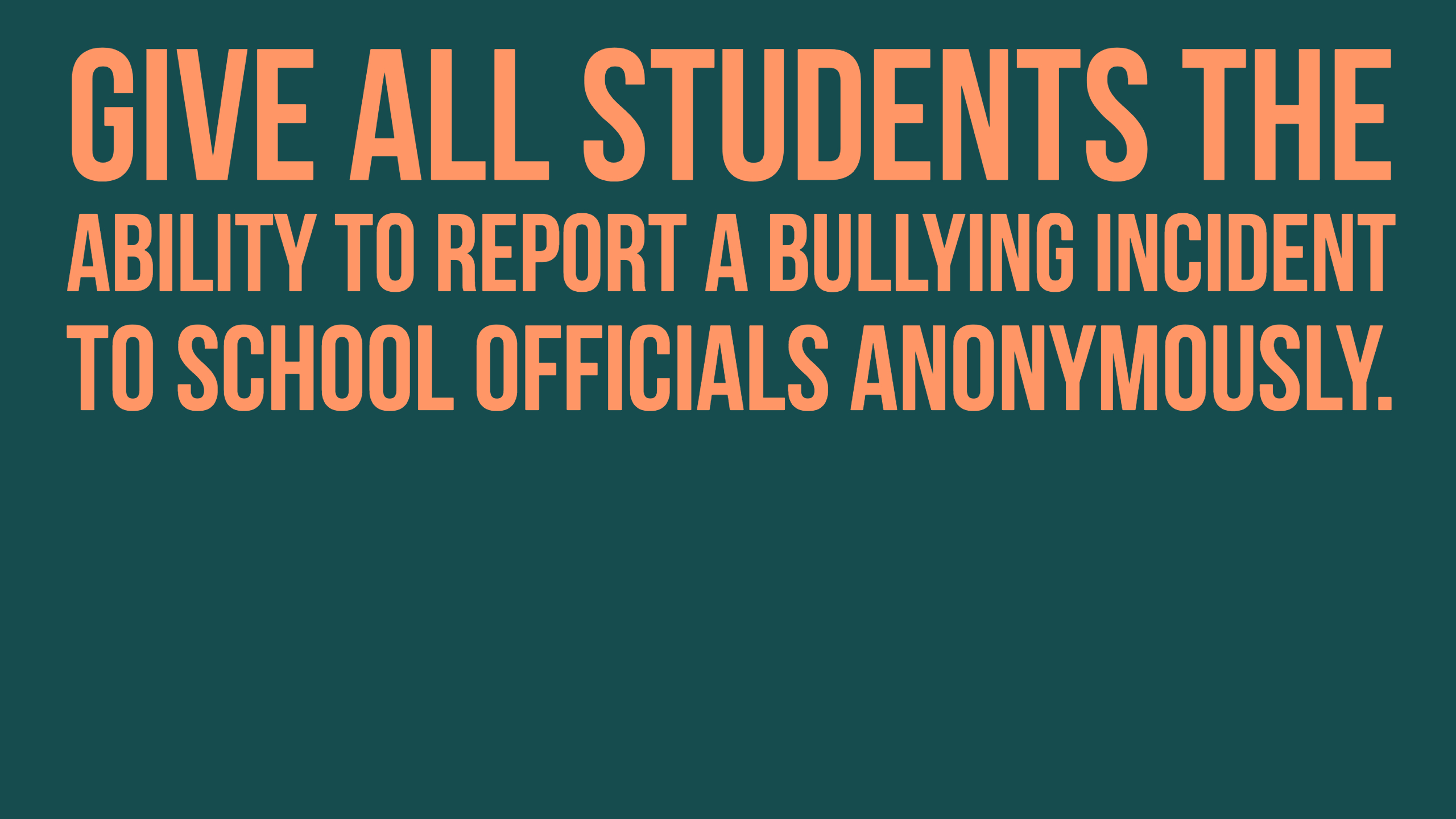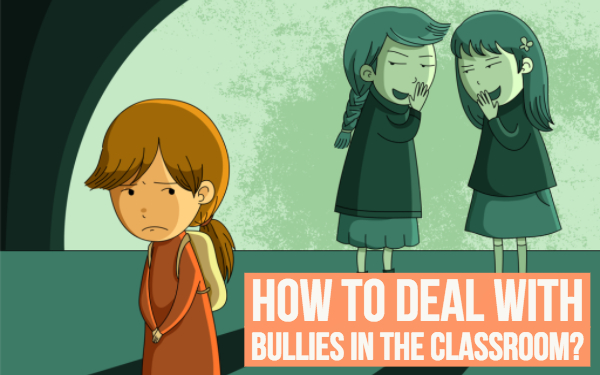Bullying in your classroom – Do you know how to deal with it?
 James Daily —
James Daily —
Bullying is a hot topic right now. And much of it is school-related, even if it happens outside of the school day (i.e., cyberbullying). As a teacher, it may be difficult to control bullying that occurs outside of your classroom, but don’t abdicate your responsibility in that arena as well. So how do you deal with bullies in the classroom?
Just What is Your Responsibility?
Your first responsibility is creating a safe, healthy environment in your classroom – one that protects every single student from any harm, physical or emotional, as a result of the actions of other students. This means that you must identify any potential bullies and any potential victims and become a vigilant observer of their behaviors.
Your second responsibility is to address any bullying situation immediately and forcefully and deal with bullies. They must know that their behavior will have very “painful” consequences, and the victims must know that you will take whatever steps necessary to ensure that it never happens again – not on your watch, at least.
Your third responsibility is to provide parents and student with resources for dealing with bullying – there are some great apps that will be listed a bit later.
These responsibilities mean that you must take both proactive and reactive measures.
7 Proactive Steps To Prevent Bullying
These are things that you must do to prevent bullying, so that both your students and your parents feel safe.
1. Understand the Anatomy of a Bully and a Victim
Bullies have complex issues. Some have been bullied and are now bullying out of some sense of transferred revenge. Most all have poor self-esteem and must bully to improve their sense of worth. While a teacher is not skilled in providing therapeutic help to a bully, it helps to understand their motivations. Much of bullying is about power and domination, and it’s important to understand this if you are to address the bully in a disciplinary response.
Victims of bullies also suffer from low self-esteem, though their presentations tend to be introversion, meekness, and social ineptness. Again, teachers cannot “teach” assertiveness or self-confidence, but they can recognize potential target and take extra steps to protect them and praise their accomplishments.

2. Have Clear Policies About Bullying
Most every school and school district now has an anti-bullying policy. You need to understand this policy and its code of conduct, but enhance it with your own classroom policies. These policies must be in writing and provided to all of your parents, students, and the administration. They need to know how you will respond when bullying occurs, so that when you take steps, there will not be questions about your “fairness.”
3. Verbally Explain Your Policy to Your Students
Don’t rely on students to read your policy. Go over it in the classroom at the beginning of each year or semester. Sometimes, this session can be the start point of an essay writing assignment on every type of bullying and the harm that bullying causes. Students need to be able to identify bullying hot spots both in school and out, especially via social media.
4. Identify Potential Bullies and Victims
This will let you keep better watch on behaviors of both. Identifying them may be a bit difficult. However, if you understand the psychological motivations of bullies and victims, you can create a survey for your students that will provide insight into their personalities – insight that may give you give some good clues.
5. Be Certain to Develop Trusting Relationships with Students
Students need to trust that you genuinely care and want each of them to be comfortable. They also need to trust that they can come to you in confidence, to report bullying they observe or know about.
6. Encourage Reporting of Cyber-Bullying
Parents often do not know how to deal with cyber-bullying. You can be a great resource to them and to their kids, if they are victims of this activity. Once both parents and students trust that you will keep reporting confidential, you can provide strategies to deal with it. And, cyber-bullying often has legal implications that parents are not aware of. You can educate them.

7. Provide Resources to Students and Parents
Two parts of an overall strategy to stop bullying are to give students – all students – the ability to report a bullying incident to school officials, and to do it anonymously and to give bullied students tools to respond to their tormentors. There are now apps to address these two strategies. Among them include the following:
- To Report Bullying Incidents: Two apps, Speak Up and Cyber Bully Hotline allow students or parents to report bullying incidents to school officials, anonymously if they wish. This allows officials to act promptly, and no one, including the bully, will ever know who was the reporter.
- Stand Up to Bullying: Although more bullying occurs at the middle school and high school levels, elementary children are certainly not immune. This interactive app presents scenarios to young kids and teaches them strategies to respond in physical, verbal, and cyber situations. This is also a great classroom tool for teachers to use. (Apple only).
- #Be Strong Keyboard by Vodafone: This is actually a series of emojis that students can attach to social media posts and messages to victims of bullying to show support.
- Zipit: For teens, bullying can take the form of sexting and online sexual abuse. This app provides advice and great responses to this kind of pressure.
How To React To Bullying
You have a policy. When a bullying incident occurs, you must respond forcefully and immediately.
- The bully must be isolated. S/he cannot be trusted to be appropriate in the classroom anymore. The act of physically isolating the bully also sends a good message to other students.
- The bully’s parents must also be notified. This is a difficult conversation to have, but have it you must. Be calm and present only the facts and your response.
- The victim’s parents must also be notified. They need to know that you are “on top” of the situation and that their kid will be protected.
- The administration must be notified as well, along with any other teachers that have the bully in class. The bully must also know that other teachers and the principal have been notified.
- The bully must formulate an apology and deliver it orally to the victim. This should probably be done privately. While your isolation of the bully is a public response, sometimes you can humiliate a bully too much. You do want him/her to know that redemption is possible, based upon good behavior for a period of time.

Work Toward School-Wide Responses
The administration has a school-wide policy on bullying. You may be able to encourage additional measures, other than suspension, which tends to be the common response. Bullies need more intervention than just a negative consequence.
Requiring an after-school class on bullying is a pretty effective means of accomplishing two goals: first, the bullies are identified by other students and are publicly identified; second, a trained counselor can provide interventions that may change attitudes and thus behaviors. For the sociopathic bully, far more therapy is needed of course. But many students who engage in bullying do so because they are manipulated by die-hard bullies. For these students, changes are possible.
About The Author
James Daily is a professional writer, content manager and blogger with a Master’s degree in Leadership and Teacher Education. Specialized in education, psychology and upbringing. Check out his work on this blog. “Knowledge is power. Information is liberating. Education is the promise of progress, in every society, in every family” © Kofi Annan


